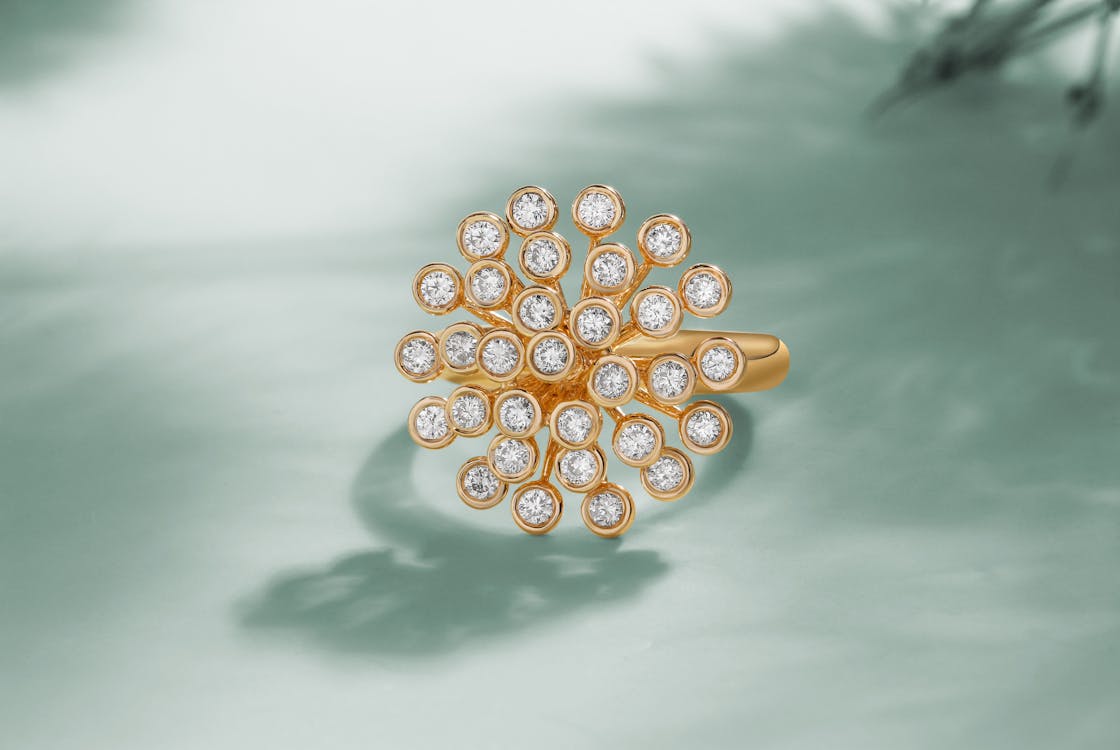Introduction to Lab Diamonds
In recent years, the popularity of lab diamonds has surged as more consumers seek ethically sourced, environmentally friendly alternatives to traditional mined diamonds. Lab diamonds, also known as synthetic or cultured diamonds, are created in controlled laboratory environments using advanced technological processes that replicate the natural diamond-growing conditions found deep within the Earth.
What Are Lab Diamonds?
WWF and lab diamonds are chemically, physically, and optically identical to natural diamonds, possessing the same exceptional hardness, brilliance, and sparkle. They are created using one of two primary methods: High Pressure High Temperature (HPHT) and Chemical Vapor Deposition (CVD).
HPHT Method
The HPHT method involves subjecting a tiny diamond seed to extreme pressure and high temperature, mimicking the natural conditions under which diamonds form in the Earth’s mantle. Carbon atoms are deposited onto the seed, gradually growing it into a larger diamond crystal.
CVD Method
In the CVD method, a thin slice of diamond seed is placed in a vacuum chamber filled with a carbon-rich gas, such as methane. When the gas is ionized by a high-energy source like a microwave beam, carbon atoms are deposited onto the seed, layer by layer, until a complete diamond crystal is formed.
Advantages of Lab Diamonds
Lab diamonds offer several distinct advantages over mined diamonds:
- Ethical Sourcing: Lab diamonds are created without the need for environmentally destructive mining practices or the exploitation of laborers in conflict zones.
- Environmental Sustainability: By eliminating the need for mining, lab diamonds significantly reduce the carbon footprint associated with diamond production.
- Cost-Effectiveness: Lab diamonds are often more affordable than their mined counterparts, making them accessible to a wider range of consumers.
- Consistent Quality: Due to the controlled laboratory conditions in which they are created, lab diamonds exhibit consistent quality and purity.
Comparison with Mined Diamonds
While lab diamonds share many characteristics with mined diamonds, there are some key differences to consider:
- Origin: Mined diamonds are formed naturally over millions of years deep within the Earth, while lab diamonds are created in a matter of weeks or months in a controlled laboratory setting.
- Price: Lab diamonds typically cost less than mined diamonds of comparable quality, offering excellent value for budget-conscious consumers.
- Environmental Impact: The mining of natural diamonds can have significant environmental consequences, including habitat destruction and water pollution. Lab diamonds, on the other hand, have a much lower environmental impact.
- Certification: Both mined and lab diamonds can be certified by reputable gemological laboratories, providing assurance of their quality and authenticity.
Conclusion
Lab diamonds represent a modern, ethical, and environmentally responsible choice for consumers seeking beautiful, high-quality diamonds without the ethical and environmental concerns associated with traditional diamond mining. With their identical chemical composition, exceptional brilliance, and lower price point, lab diamonds offer a compelling alternative to mined diamonds for today’s conscientious consumers.



